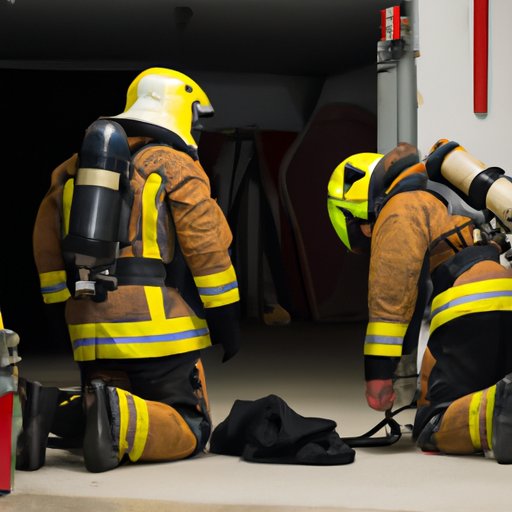Recent Blog Posts
Understanding PFAS: Impact on Firefighters and Foam Alternatives
Per- and polyfluoroalkyl substances (PFAS) are chemicals of concern due to their environmental persistence and potential health risks. Commonly found in firefighting foams, PFAS pose significant risks to firefighters. This article examines the impact of PFAS on firefighters and explores safer foam alternatives.

What Are the Health Risks of PFAS for Firefighters?
Firefighters are at increased risk of PFAS exposure due to their presence in many firefighting foams. These chemicals can accumulate in the human body, potentially leading to serious health issues such as cancer, liver damage, and immune system problems. Firefighters, already exposed to numerous hazards, face additional risks from PFAS during training and emergency responses.
"PFAS-Free Firefighting Foam: Benefits and Adoption Trends Explained"
Firefighting foams have been crucial in battling fires, but their environmental impact is increasingly concerning. In Chicago, Illinois, and globally, the transition to PFAS-free firefighting foam is accelerating. This shift is vital for minimizing environmental pollution and safeguarding public health.
What Are PFAS and Why Do They Matter?
Per- and polyfluoroalkyl substances (PFAS) are man-made chemicals used since the 1940s for their heat, water, and oil resistance. Found in firefighting foams, non-stick cookware, and water-repellent fabrics, PFAS are known as "forever chemicals" due to their persistence in the environment. This leads to contamination of soil, water, and air, posing risks to human health and ecosystems. Studies associate PFAS exposure with health issues like cancer, liver damage, and developmental problems in children. As of May 2025, Illinois law mandates monitoring and reducing PFAS use in products, including firefighting foams.
Understanding PFAS Restrictions in Firefighting Foams: Key Updates
Per- and polyfluoroalkyl substances (PFAS) are increasingly concerning due to their persistence in the environment and potential health risks. These synthetic chemicals have been extensively used in various industries, including firefighting foams. Recent regulations aim to limit PFAS use in these foams to mitigate environmental harm and protect public health. This article covers the latest updates on PFAS restrictions, their impact on firefighting practices, and the legal context of these changes.
What Are PFAS and Why Are They Restricted?
PFAS are synthetic chemicals used since the 1940s in products like non-stick cookware, water-repellent clothing, and firefighting foams because of their resistance to heat, water, and oil. However, these properties also cause PFAS to persist in the environment, leading to contamination of soil, water, and air.
Health risks from PFAS exposure are significant, with studies linking them to cancer, liver damage, and immune system issues. Consequently, regulatory bodies have moved to limit PFAS use, especially in firefighting foams, a major contamination source. The Environmental Protection Agency (EPA) and other agencies have set guidelines to phase out PFAS-containing foams and encourage safer alternatives. As of May 2025, Illinois law mandates compliance with these federal guidelines.
Firefighter Gear and PFAS: Ongoing Efforts to Ensure Safety
Firefighters in Chicago confront hazardous conditions daily, relying on their gear for vital protection. However, concerns about per- and polyfluoroalkyl substances (PFAS) in this gear have emerged. Known for their durability, these chemicals are linked to health risks. As of May 2025, Illinois law continues to address these risks to safeguard our firefighters.
Why Are PFAS Used in Firefighter Gear?
PFAS are synthetic chemicals utilized since the mid-20th century for their heat, water, and oil resistance. These properties make them integral to firefighter gear. However, PFAS persist in the environment, raising contamination concerns. While they enhance protection, they also pose health risks, such as cancer and liver damage, due to their accumulation in the body.


